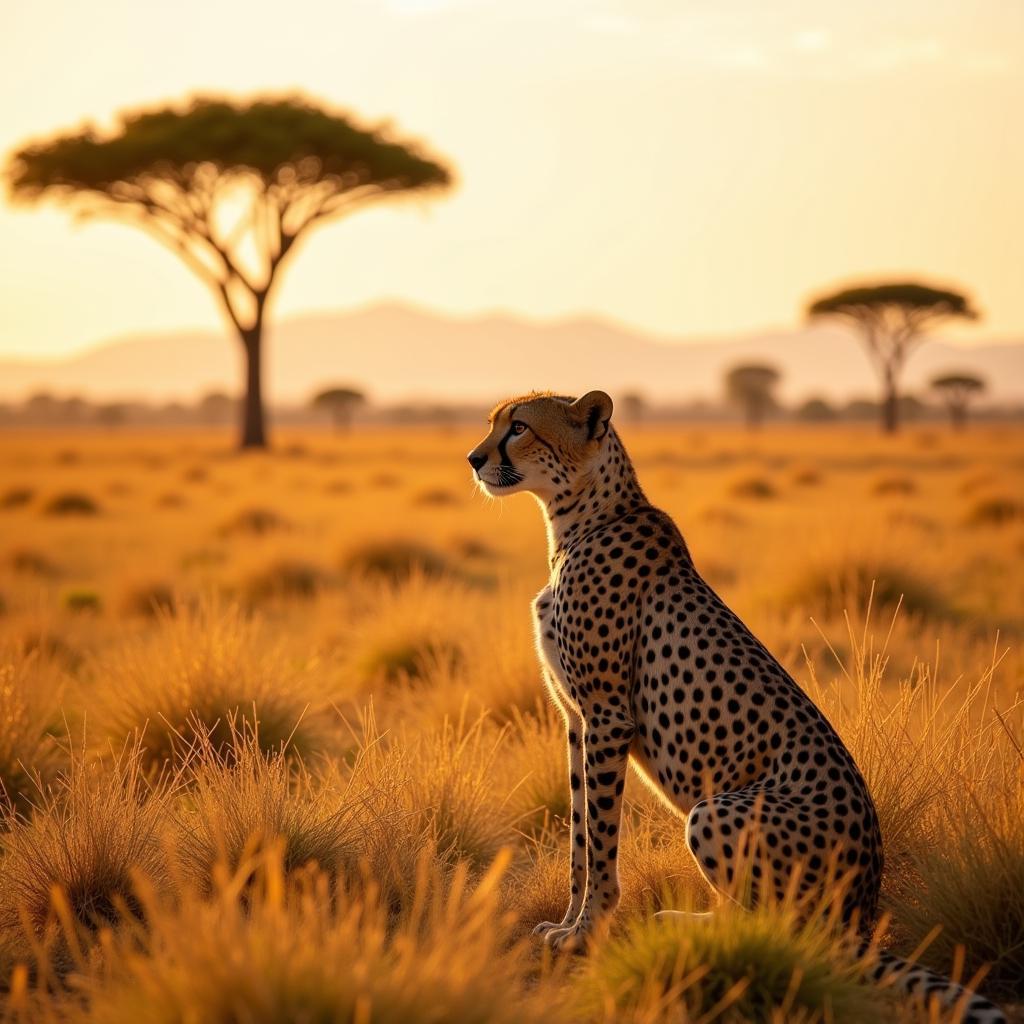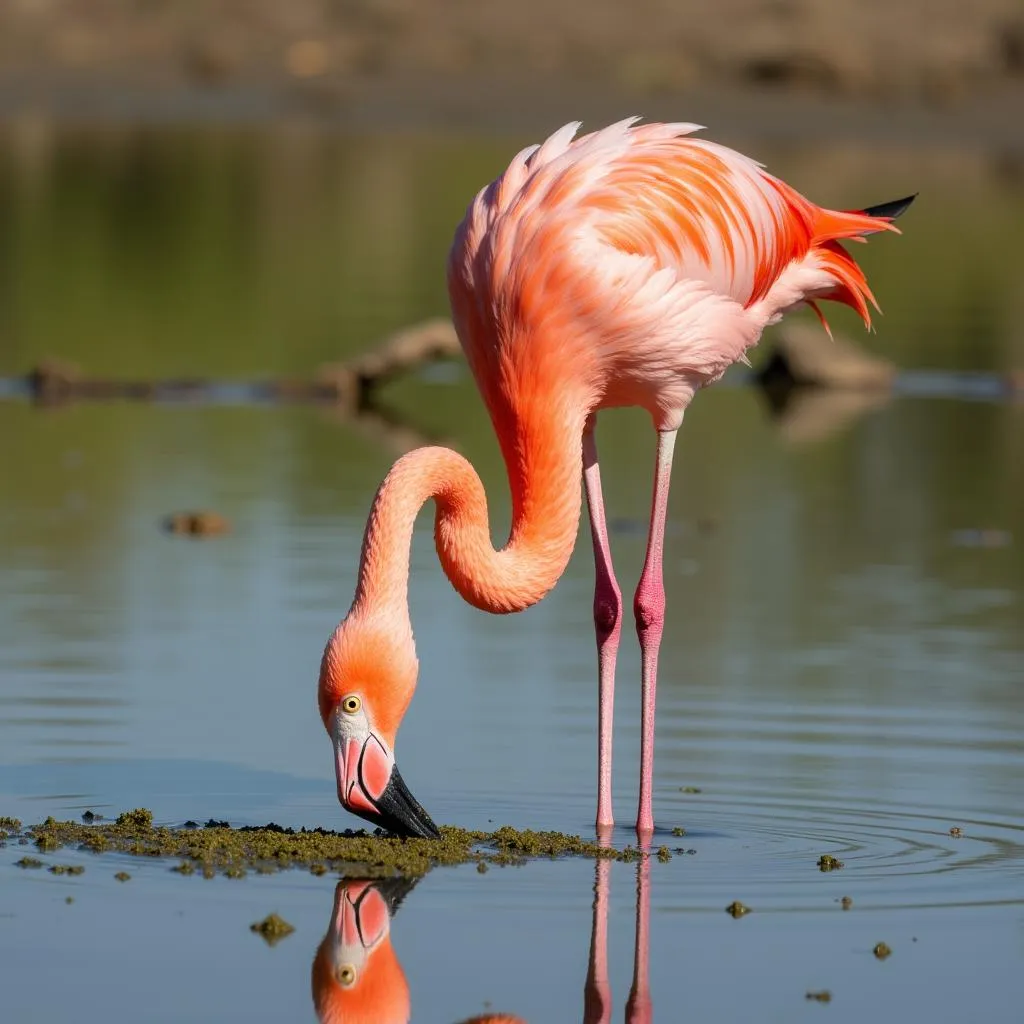African Cremation Urns: A Celebration of Life and Heritage
African Cremation Urns are much more than vessels for ashes; they are powerful expressions of art, culture, and spirituality. Steeped in tradition and symbolism, these urns offer a unique way to honor the deceased and celebrate the rich heritage of the African continent.
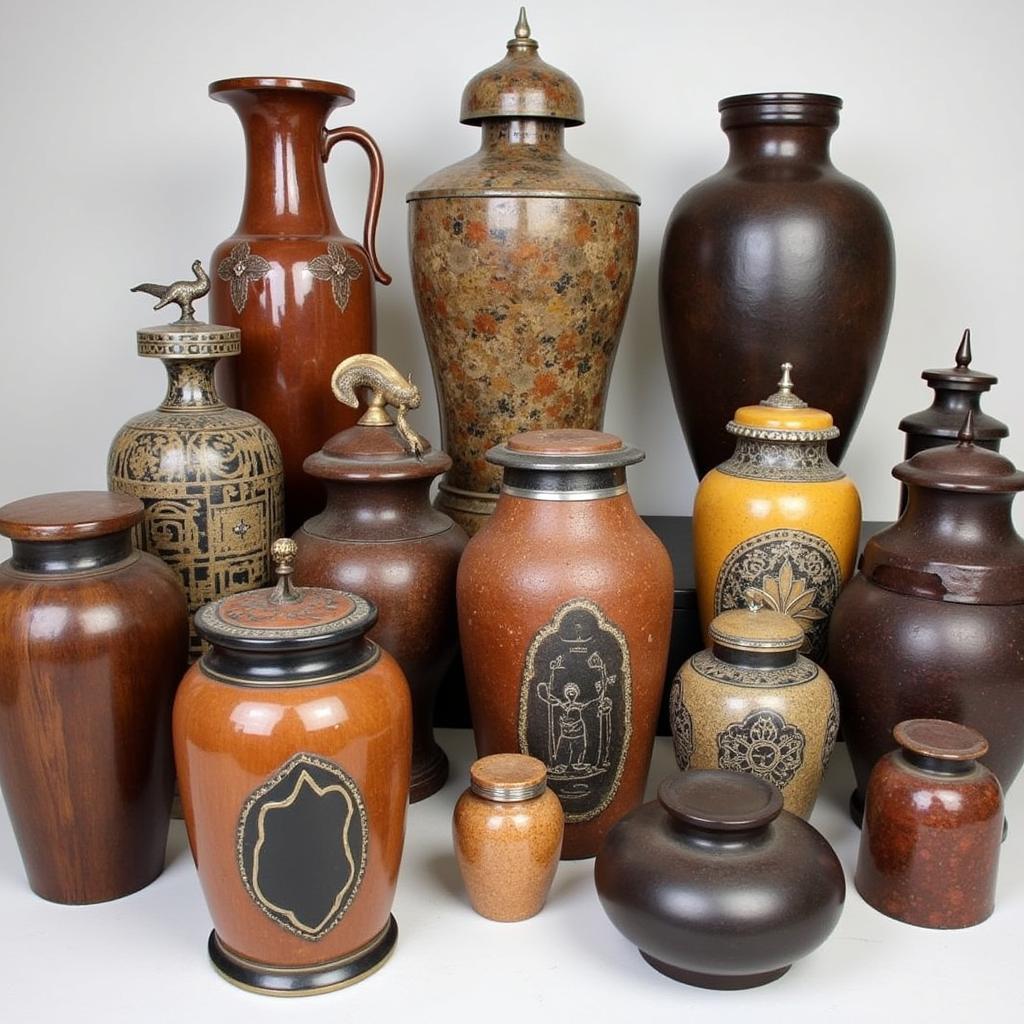 Variety of African Cremation Urns
Variety of African Cremation Urns
The Significance of Cremation Urns in African Cultures
While burial remains the most common funerary practice in Africa, cremation is gaining popularity in certain regions and among specific communities. This shift can be attributed to various factors, including land scarcity, environmental concerns, and evolving cultural perspectives.
The choice of a cremation urn is deeply personal and often reflects the deceased’s beliefs, personality, or tribal affiliations. Some families opt for urns adorned with intricate carvings that depict ancestral spirits, animals, or geometric patterns. Others prefer simpler designs that emphasize natural materials and organic forms.
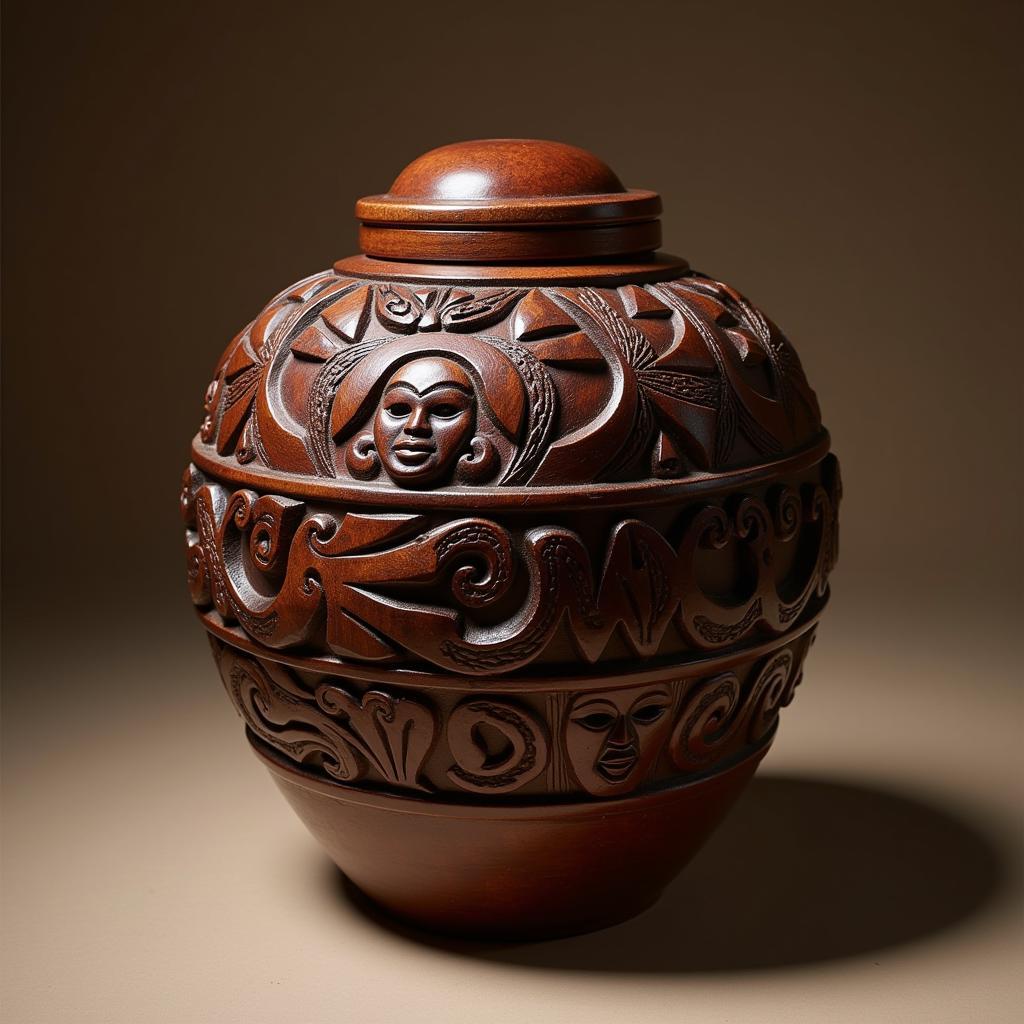 African Cremation Urn with Wooden Carving
African Cremation Urn with Wooden Carving
Exploring the Diversity of African Cremation Urns
African cremation urns are as diverse as the continent itself. Each region and ethnic group boasts its own unique styles and craftsmanship.
West African Urns:
West Africa is known for its vibrant artistic traditions, which are beautifully reflected in their cremation urns. Often crafted from wood, bronze, or clay, these urns frequently feature symbolic imagery and bold geometric patterns. The Ashanti people of Ghana, for instance, are renowned for their intricate kente cloth designs, which are sometimes incorporated into urn decorations.
East African Urns:
East African cremation urns often draw inspiration from the region’s rich history of trade and cultural exchange. Materials such as soapstone, ebony, and brass are commonly used, and the designs may showcase influences from Arabic, Indian, and European art forms. The Maasai people of Kenya and Tanzania are known for their beaded jewelry and colorful textiles, which may inspire the decorative elements of their urns.
Southern African Urns:
Southern Africa is home to a wide range of cultures, each with its own distinct artistic expressions. Cremation urns from this region might incorporate natural materials like wood, clay, or stone, often adorned with carvings of animals, ancestral figures, or symbolic patterns. The Zulu people of South Africa, for example, are known for their intricate beadwork and basket weaving techniques, which may be reflected in their urn designs.
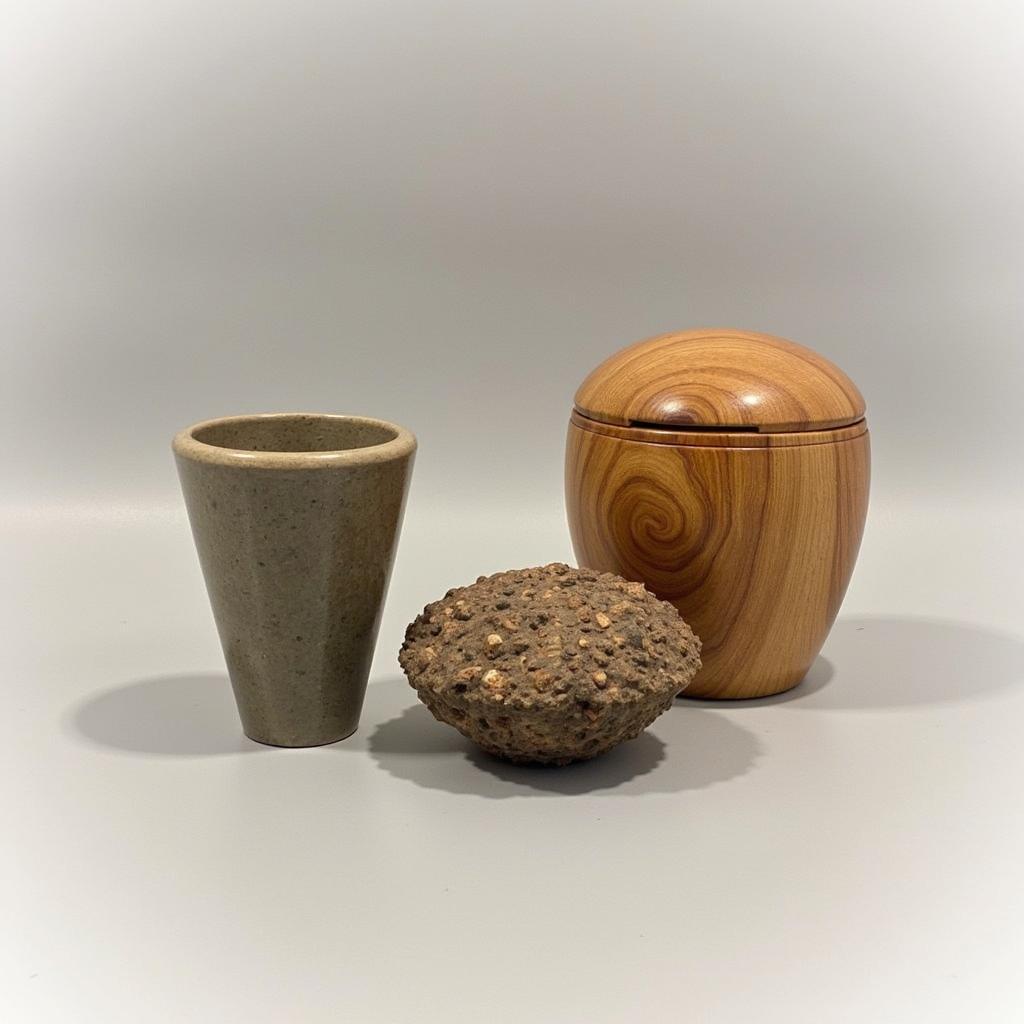 African Cremation Urn Made from Natural Materials
African Cremation Urn Made from Natural Materials
Choosing the Right African Cremation Urn
Selecting a cremation urn is a deeply personal decision. There are no right or wrong answers, as the most important factor is finding an urn that feels meaningful and respectful to the deceased’s memory.
“When choosing an African cremation urn, it’s essential to consider the individual’s heritage and personal beliefs,” advises Abena Ntiri, a cultural curator specializing in African art. “The urn should be a fitting tribute to their life and a celebration of their unique cultural identity.”
Conclusion
African cremation urns are more than just containers; they are works of art that encapsulate the rich cultural heritage and spiritual beliefs of the continent. Whether adorned with intricate carvings, vibrant patterns, or simple, elegant designs, these urns serve as a lasting testament to the lives they hold and the traditions they represent.
If you are seeking a meaningful way to honor a loved one’s memory, consider exploring the world of African cremation urns. Each urn tells a story, and within their beauty lies a profound connection to the spirit of Africa.

